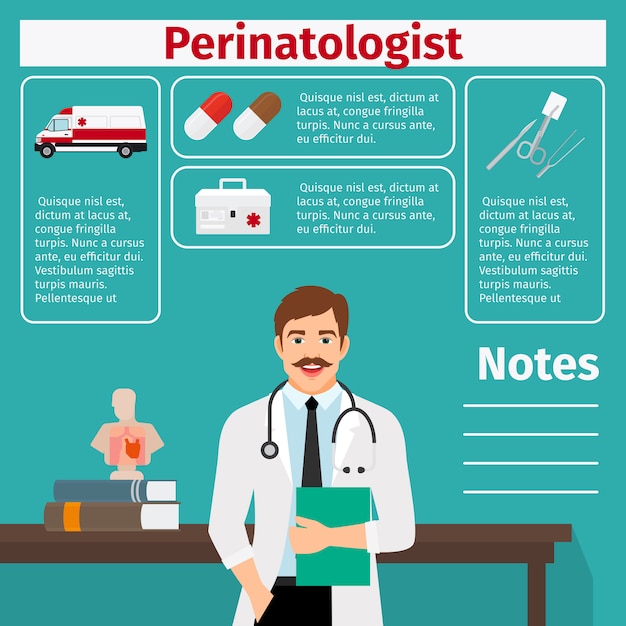
In a perinatologist’s waiting room, you might find a diverse group of expectant mothers. Some may be dealing with diabetes, others might be managing hypertension, and some could be grappling with a family history of genetic disorders.
So, what’s a perinatologist? They’re doctors who focus on pregnancy complications. If you’re passionate about making a difference in the medical field, this specialty allows you to impact two lives at once – the mother and her unborn child.
Perinatologists are experts in high-risk pregnancies. They work tirelessly to ensure the safety of both mother and baby before, during, and after birth. Don’t be misled by the term “high-risk” though. It doesn’t necessarily mean these pregnancies are more dangerous or complicated than others. It’s just a term used to describe pregnancies that might be affected by pre-existing conditions or complications that arise during pregnancy.
These specialists, also known as maternal-fetal medicine doctors, can work in various settings like clinics, hospitals, or private practices. If your pregnancy is deemed high-risk, your obstetrician will likely refer you to a perinatologist.
What sets perinatologists apart from other doctors in obstetrics and gynecology is their ability to perform advanced testing and monitoring. They can conduct detailed ultrasounds, tests for congenital disabilities, and blood tests for fetuses. This allows them to provide comprehensive information about your pregnancy and how any pre-existing conditions might impact it. They also provide postnatal care for new mothers, especially if complications arise during delivery, such as infections or excessive bleeding.
There are several reasons why you might need a perinatologist. Common reasons include being 35 years or older, being overweight or underweight, expecting multiple children, having abnormal screening results, dealing with pre-existing conditions, high blood pressure, pregnancy-related injuries, or going into labor prematurely.
If you’re interested in becoming a perinatologist, the journey is similar to that of other doctors. You’ll start with a bachelor’s degree in any field, but you’ll need to take plenty of science and math classes to prepare for medical school. English and communication classes are also important for effective communication with patients, colleagues, and medical school admissions officers.
Next, you’ll spend four years in medical school, learning about human anatomy, psychology, medical ethics, and more. The first half of your medical school journey will be mostly classroom-based, while the latter half will involve working with patients under the supervision of experienced physicians.
If you find yourself drawn to obstetrics, you can pursue fellowships in perinatology to learn more about maternal and fetal medicine. These fellowships usually last three years. Afterward, you’ll need to get licensed to practice medicine, which involves passing a comprehensive licensure exam. The requirements vary by state, but all involve this crucial step.






